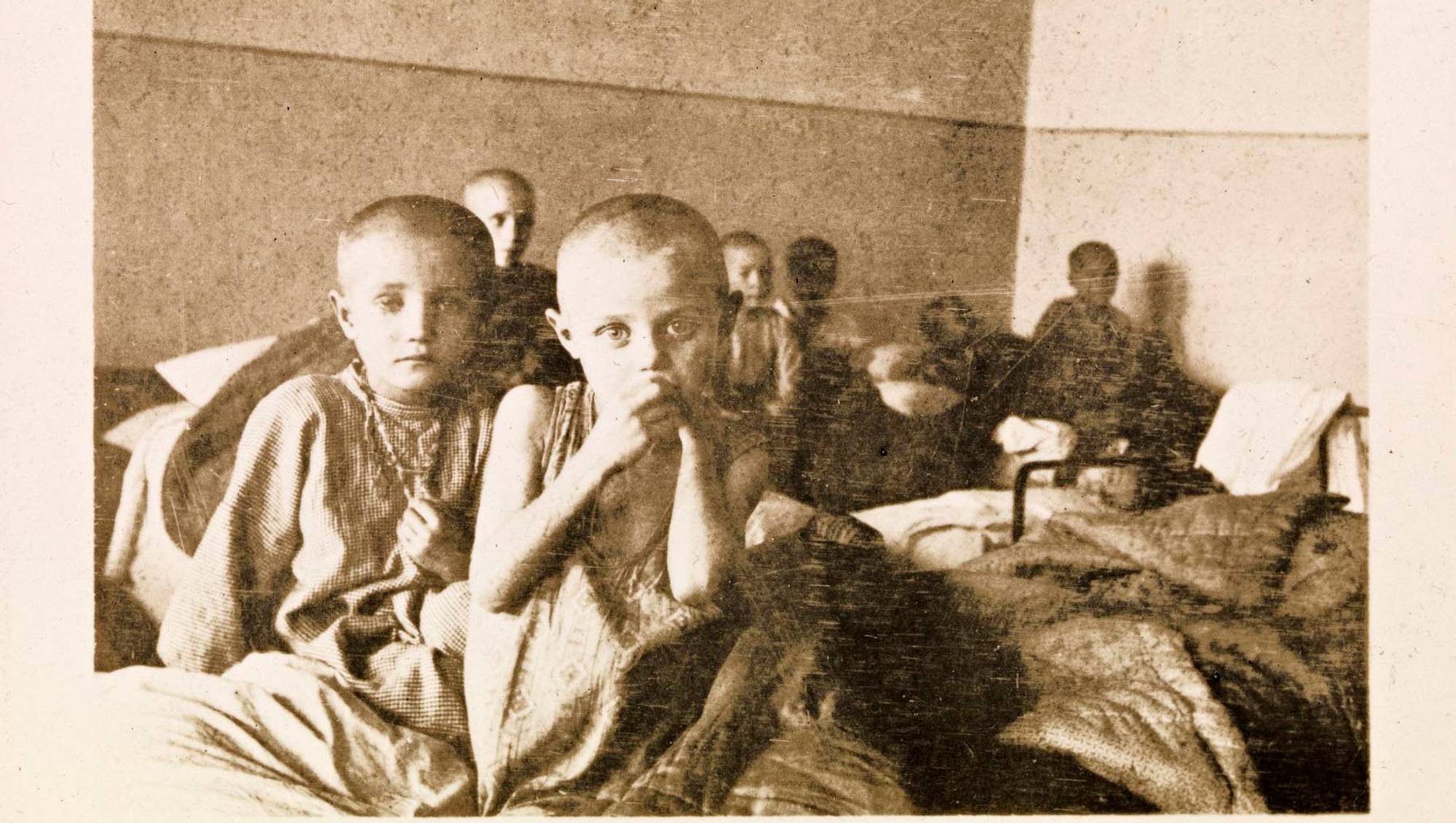ExhibitionJun 20, 2022-Dec 31, 2022
In 2022, it will be a hundred years since Nansen received the Nobel Peace Prize, and the Nobel Peace Center celebrates the anniversary with an exhibition on Nansen’s humanitarian legacy.
"… The world suffers endless distress, and thousands starve to death every single day, and no one really does anything to help […] Something must be done, something serious and comprehensive, and not just talk, talk, talk."
In 2022, it is a hundred years since Fridtjof Nansen received the Nobel Peace Prize. The Norwegian polar hero, researcher and diplomat received the prize for his outstanding humanitarian work helping prisoners of war, starving people and refugees after World War 1.
Fridtjof Nansen based all his humanitarian work on compassion. "No realpolitik in a civilized society is conceivable without a basis in compassion, reciprocity, helpfulness, trust," he wrote in 1922.
The League of Nations appointed Nansen to direct its work with repatriating prisoners of war after World War 1, he became the first High Commissioner for Refugees and he introduced the Nansen Passport, an identity document for stateless refugees which gave refugees basic rights such as border crossing, housing and marriage. In late 1921, Nansen travelled to Russia to visit the areas hardest hit by famine. He had been prepared to see suffering and death, but the immense misery exceeded anything he had expected.
Nansen struggled to find funding for the relief work, but, by going on lecture tours using strong images and stories from the famine in Russia, Nansen still managed to raise some funds. Some of these photos are shown in the exhibition, and they create strong feelings even today.

“At this time, 29 to 30 million people are threatened with famine and death […] Is there a member of this assembly who is willing to say that rather than helping the Soviet government, he will allow 20,000,000 people to suffer starvation?”
– Fridtjof Nansen to the League of Nations Delegate Assembly in Geneva, 30 September 1921
The exhibition draws a picture of today’s situation for refugees. This year, the number of forcibly displaced people passed 100 million for the first time.
The war in Ukraine is on of the conflicts that have pushed the number of refugees in the world, and parallels to what happened a hundred years ago are easy to find: The headquarter for the Nansen mission was in Kharkiv in Ukraine and Nansen spent part of his prize money on establishing two major agricultural projects, one in the Volga region and one in Ukraine.
The Nansen legacy
The UN High Commissioner for Refugees (UNHCR) continues the legacy of Fridtjof Nansen by awarding an annual international prize named after Fridtjof Nansen. The Nansen Refugee Award is given to individuals or organisations that have distinguished themselves in work on behalf of refugees. In the exhibition you will get to know five of these award winners. The need to some something “serious and comprehensive” to help is just as big today as it was hundred years ago.
The exhibition Compassion in action – the legacy of Fridtjof Nansen will be opened by HRH Crown Prince Haakon on World Refugee Day 20 June.
The exhibition is supported by Leif Høegh Stiftelse, Fritt Ord, Bergesenstiftelsen and World Food Programme.
- Follow latest news and stories on refugees follow the UN’s Refugee Agency, tik tok, Instagram and Facebook.
- Learn more about the 2022 World Refugee Day, the UNHCR Nansen Refugee Award and statelessness.
Share: